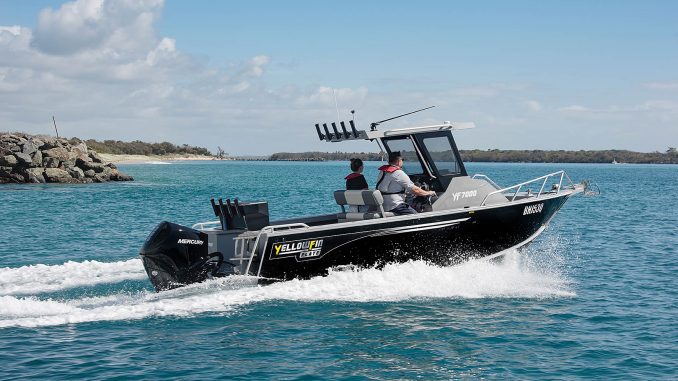
Sponsored Content
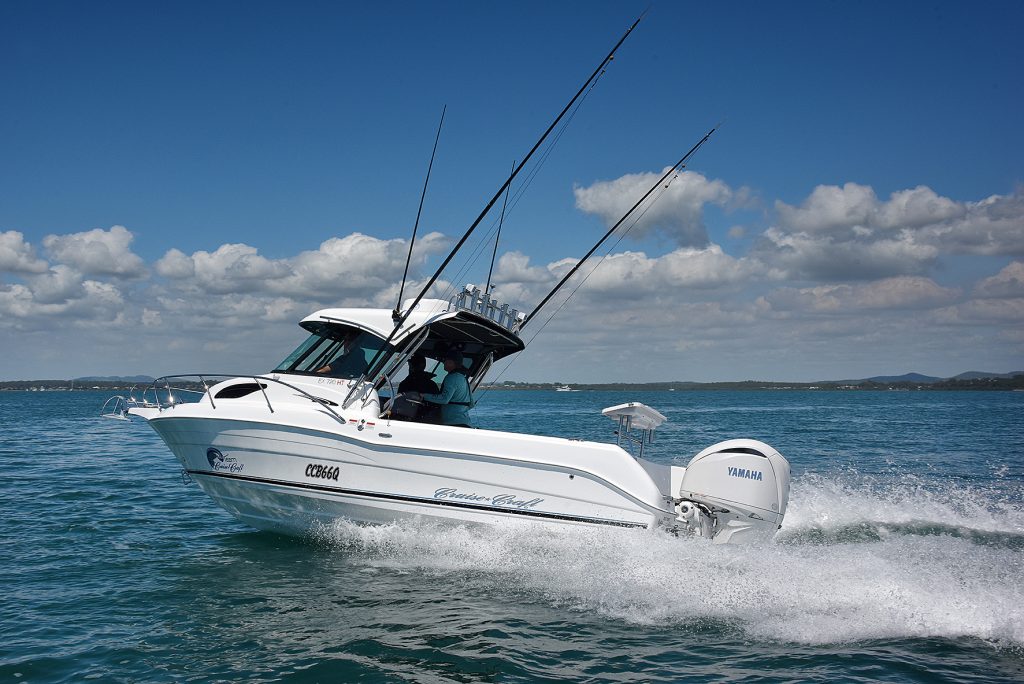
We say it here often: life is better with a boat.
If you’re a keen angler and hiring a boat is getting a bit long in the tooth, you’ve likely thought about owning your very own fishing vessel. If you’re in the market for a boat, looking at all the different options available can feel more than overwhelming.
We’ve put together a short guide on how to buy a boat in 2022 – looking at materials, uses, and how to best finance your boat so you aren’t spending too much.
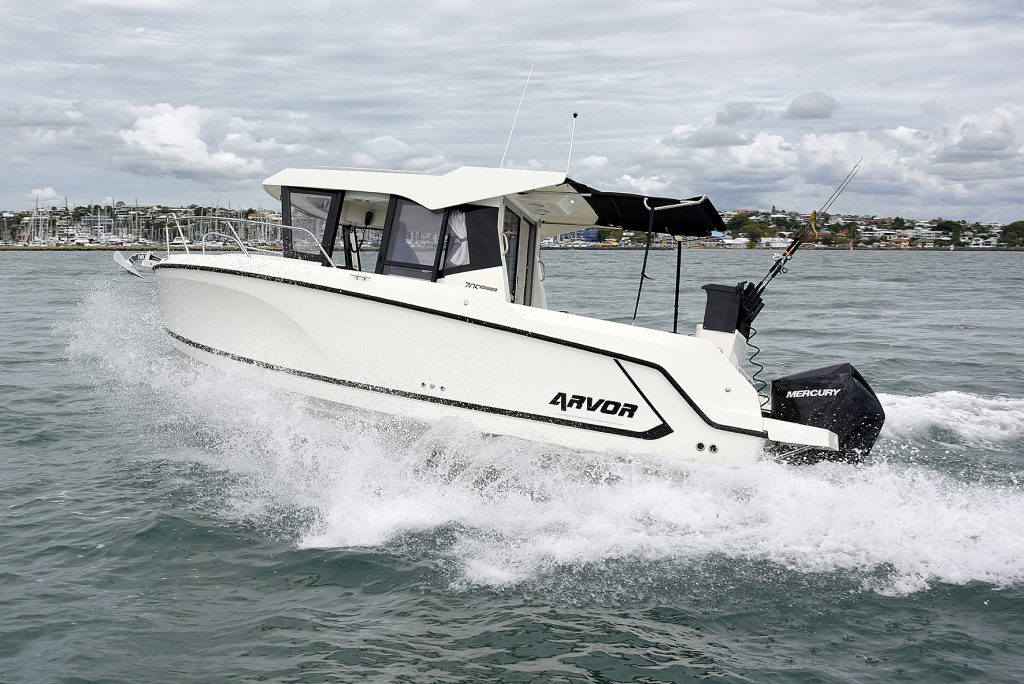
Can you tow it?
The first qualification for your boat is – can your car tow it? If your car can’t tow it, you’ll have to store it at a marina. Marina fees can add up: fast. Though most small and medium cars can tow fishing or recreational boats, you need to find out your car’s towing capacity before you start making shortlists.
Materials and sizes
There are many different materials and sizes of boats out there – fibreglass, aluminium, poly/plastic – and sizes that can accommodate centre consoles, cabins, or both. Fibreglass offers better rides over rough water; but aluminium boats are lighter and able to withstand more punishment. Cabins may give you protection from the elements but leave scant room for mates and their fishing lines. For a comprehensive guide to materials and sizes, read our long blog on the subject here.
Which boat is best?
This is a bit like asking how long a piece of string is – it all depends on what you’ll use the boat for, where, and how often. We’ve put together a blog here to help you decide what kind of boat is best for you and your family.
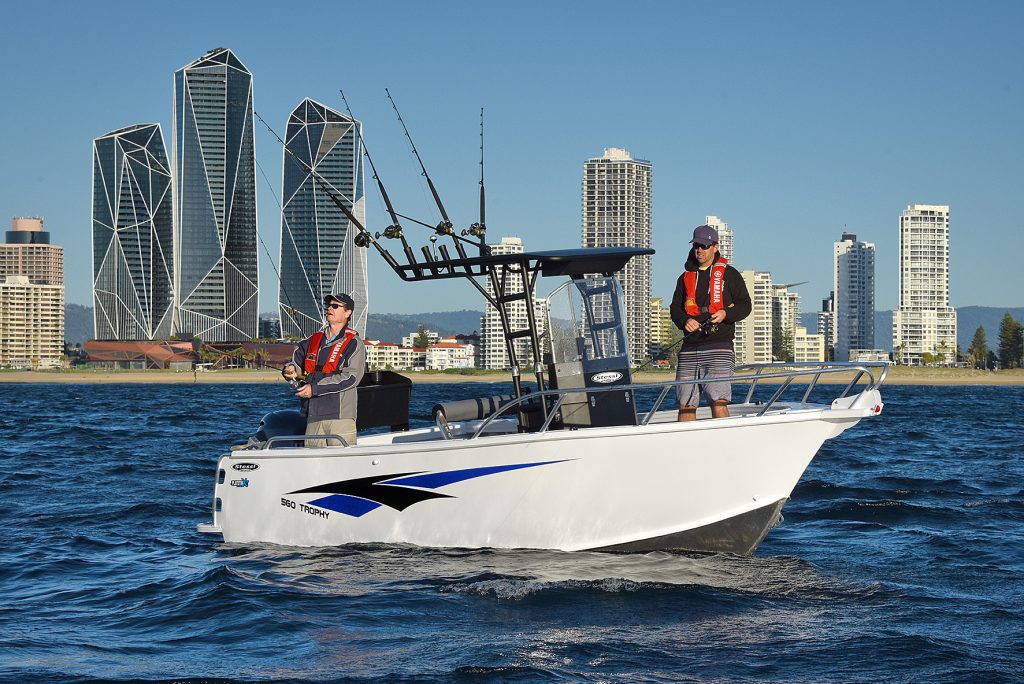
Financing your boat
A boat is just like any major purchase: you’ll need to finance it. Though dealers will try to sign you up to their finance on the spot, you should consider low interest personal loans for boats instead.
If you use a specialist personal loan broker, you can find more competitive loans than simply going to your bank or using dealer finance.
If you’re unsure about what you can spend, use a personal loan calculator. You’ll need to know the interest rate, amount you intend to borrow, and the loan term so you get an approximate repayment amount.
When considering the amount you’re going to spend, remember to factor in registration and stamp duty (if you’re buying used) into the equation too.
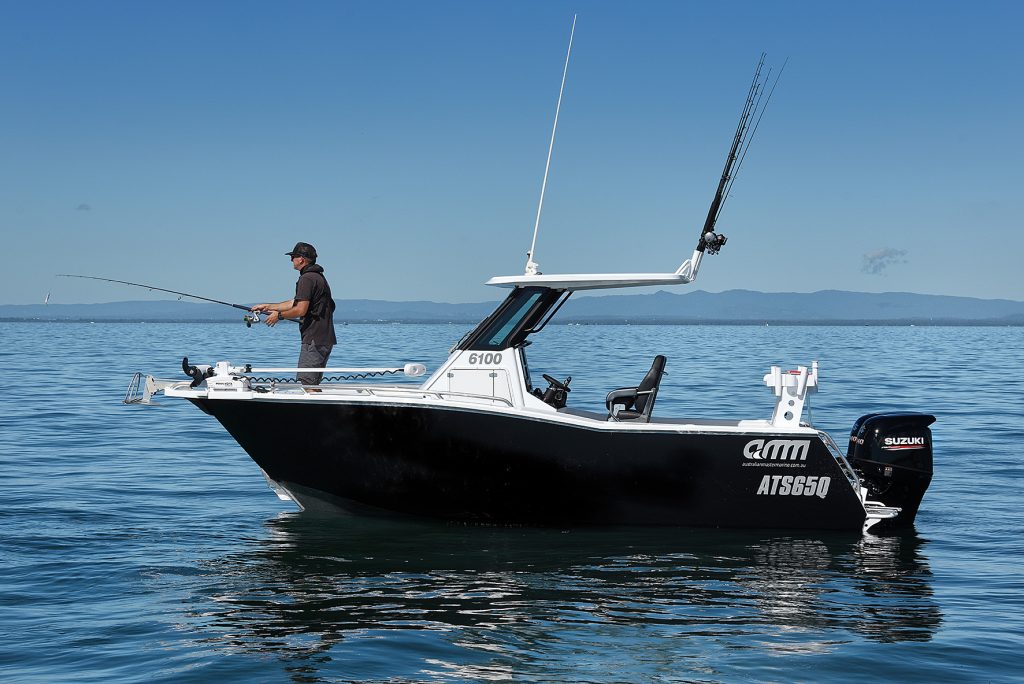
Buying new or used?
Though buying new will cost more, it may cost less to finance as lenders will usually extend savings in terms of more competitive interest rates due to a lower risk. Buying new means your boat will have better safety features, higher residual value, and in most cases, a manufacturer’s warranty.
If you are buying used, you need to inspect the boat thoroughly for signs of wear, corrosion, and other nasties. Has the outboard motor been serviced regularly? Are there signs of damp or mould? You also need to check the boat on the Personal Property Security Register to ensure it’s not a write-off or stolen (there are many scams in boating, so beware!) – if a private seller is cagey about providing a serial number or HIN, walk away immediately.
The information here is general in nature and not a substitute for financial advice.
